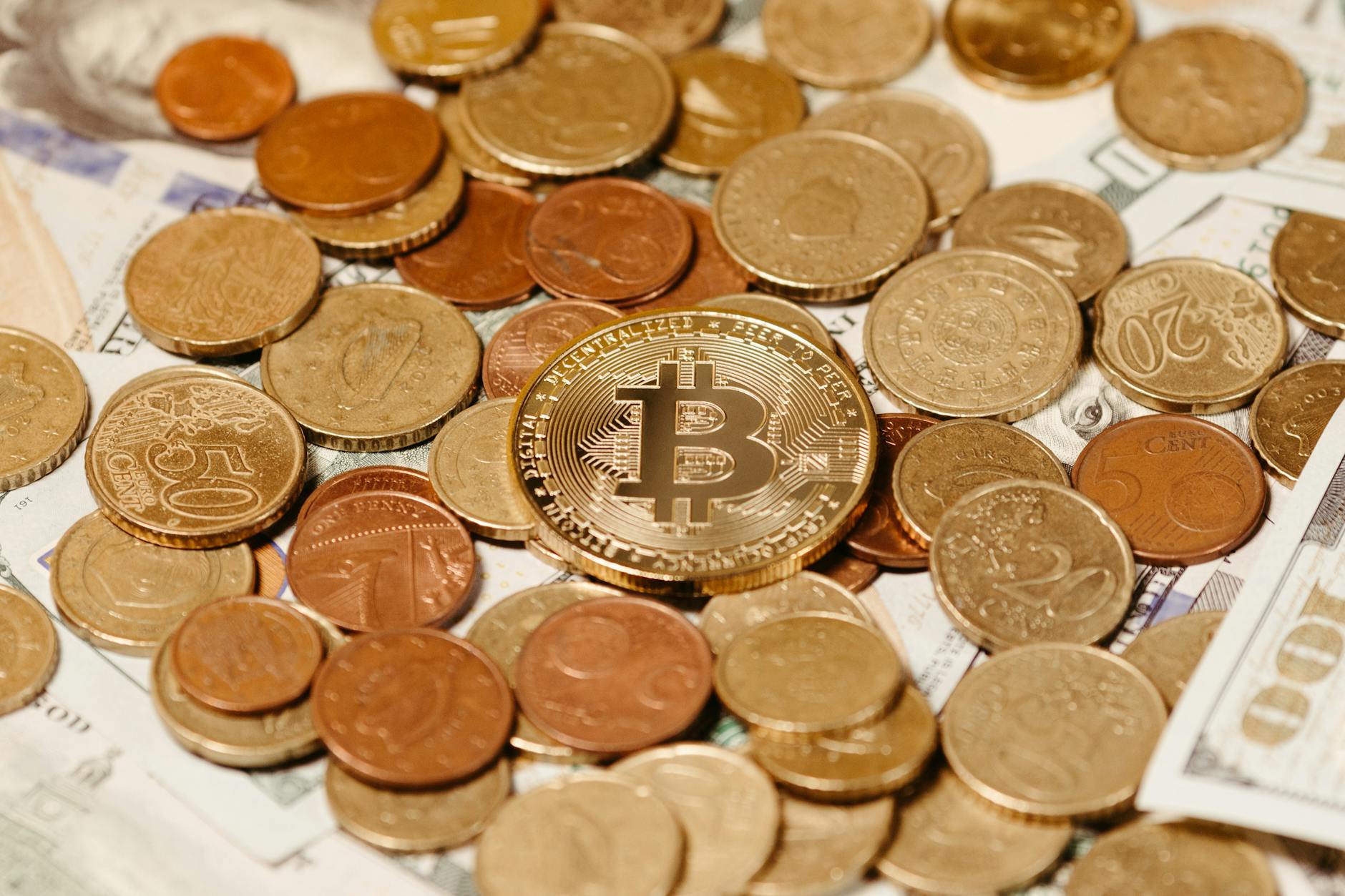During a recent discussion, President Donald Trump skirted a pointed question about his detachment from personal cryptocurrency investments. Instead, he underscored a trend that seems to relieve some pressure from the U.S. dollar: the increasing usage of Bitcoin for payments. This evasion, coupled with his commentary, sparkles with implications not just for his financial maneuvers but for the broader landscape of cryptocurrency acceptance and dollar dynamics.
First, let’s untangle the former president's evasion. By sidestepping direct answers about his personal investments in cryptocurrency, Trump maintains a shroud of ambiguity around his financial engagements in a sector known for its volatility and, increasingly, its regulatory scrutiny. This maneuver is hardly novel in political or business echelons yet it fosters a critical dialogue about transparency in the interplay between personal investments of public figures and their public statements and policies.
The secondary, more overt point about Bitcoin's role in dampening the dollar's load offers a fascinating peek into the evolving narrative of cryptocurrencies as both a rival and a supplement to traditional fiat currencies. Trump’s assertion aligns with a growing perception that as digital currencies gain traction, they could ostensibly lessen the universal burden carried by predominant fiat currencies like the U.S. dollar. However, this is far from a simple cause-and-effect relationship.
The dynamic between digital currencies and the dollar is not zero-sum. While it's tempting to view the rise of one as the decline of the other, the reality is more nuanced. Cryptocurrencies and fiat currencies often operate in symbiotic, albeit sometimes contentious, harmony. For instance, increased cryptocurrency adoption can lead to greater liquidity and broader acceptance in mainstream finance, aspects that ironically reinforce the strength and stability of the dollar by linking its value to diversified assets.
This dialogue is further enriched by the context provided by The Block, where Trump's indirect approach to personal crypto ventures hints at a larger, more complex discussion about the personal stakes influential figures hold in emerging technologies. This raises perennial questions about potential conflicts of interest and the need for clarity in leadership positions.
In the vein of cryptocurrency's integration into mainstream payment ecosystems, many businesses are already paving the way by embracing crypto payments, facilitated by platforms that offer robust crypto payment solutions. These solutions lower the entry barrier for merchants and consumers alike, bridging the gap between traditional and digital finance, and further challenging the hegemony of established fiat systems.
Moreover, as cryptocurrency continues to thread into everyday use, platforms like Radom offer on- and off-ramping solutions that ensure seamless transitions between crypto and fiat currencies, underscoring the symbiotic relationship mentioned earlier. These infrastructures not only support the use of digital currencies but also bolster the fiat systems by providing diversified financial pathways.
In conclusion, Trump's comments and the ensuing discussions encapsulate a critical moment in financial history where the old guard meets new tech. Whether his evasion was strategic or merely circumstantial, it propels necessary scrutiny into how cryptocurrencies will shape future economic landscapes. It's clear that as much as digital currencies offer a new frontier in finance, they also provoke a reassessment of traditional financial pillars like the U.S. dollar. The road ahead is complex and intertwined, demanding a balanced understanding of both monetary forms.



